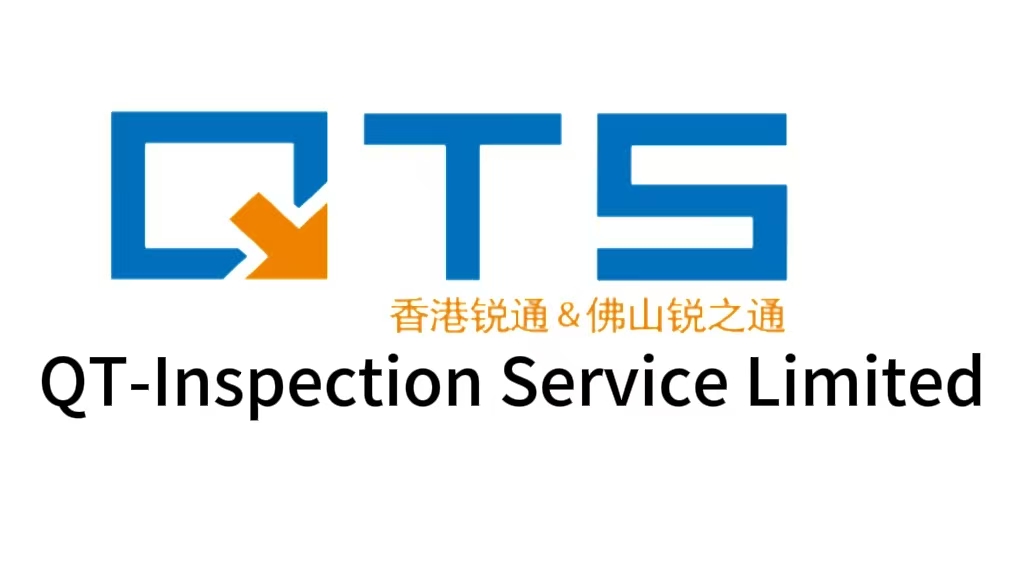How to keep the pressure on our supplier’s factory(factory management--CRM)
Most factory audits are used to qualify potential suppliers
The purpose of most quality audits is to confirm a manufacturer is relatively reliable. For example, some of the checkpoints might be as follows:
- Do they check (and sometimes reject) their supplier’s deliveries? (This is a huge hole in most Chinese manufacturers’ systems.)
- Do they have all the testing equipment needed to ensure their products function as expected and are safe? If some pieces of equipment are expensive, do they send samples to an outside testing lab?
- Are the components and materials stored adequately? If you see serious rust on metal pieces, it means they spent at least 3 months in a place without humidity control…
Basically, the purpose is to detect such cases:
- Factories that don’t know what they are doing (e.g. jigs that allow operators to place a part in an incorrect position, a so-called engineer who doesn’t know the melting temperature of the most commonly-used polymers…)
- Factories that have habits detrimental to quality (e.g. using recycled material for plastic injection molding, taking shortcuts during the setup…)
- Factories that don’t pay attention to the long-term stability and reliability of their processes (e.g. in-adapted maintenance programs, machines that are running at too high a speed…)
How do audits on your regular suppliers differ?
As their buyer, you are trying to manage them in a way that improves their performance. So, the real question to ask is, ‘what do best-in-class manufacturers do?‘
There is no one answer that is always true, but I can point to these key success factors:
1. They provide training to their staff
It’s not all classroom training. It’s actually mostly in the form of suggestions and feedback while doing the job. That’s how a line leader is taught how to get operators to stick to the standard, for example.
2. They have a plan for the next improvements they need to work on
They know in what direction they need to go. They know if the priority is quality, efficiency, flexibility (for low volumes), etc. They usually translate this into action plans
3. They keep auditing the process and pointing to issues
Two common phrases in excellent organizations are:
‘Hard on the process, easy on the people’
‘No problem [detected] is a big problem’
Now, what can you do as a customer? Continuous auditing.
You might not be able to set up their training program or their management system. That’s the work of consultants.
However, you can work with them on a continual auditing program, which could typically be set up in 3 phases:
- You audit their processes, select the top 2 issues, and ask them to fix those. You do this a few times. (This is basically what I wrote about a few years ago in this article.)
- You show them how to self-audit and report their findings to you, and subsequently select the top 2 issues and ask them to fix those.
- Over time, you push them to keep up the auditing program at a regular interval (e.g. 1 hour every 3 days in each workshop) and to keep working on improvements.
A simple auditing checklist is more effective
The simpler the auditing checklist, the better. For example, for simple assembly operations, we usually look at these points:
- General environment – Order & cleanliness, no mess
- Material mixup – No previous material left on the line
- Material presentation – All orderly, easy to grab
- Reference samples – Workers have good and bad samples for reference
- Operator work instructions – WI prepared, posted, easy to see, up to date
- Material flow – All operators follow WI, zero deviation
- Material flow – One-piece material flow wherever realistic
- Ease of work – No operator fumbling, trying to rush, etc.
- Work in process – No buildup of material (unbalanced line)
- Nonconforming materials – Red box for defective parts are easily accessible to all
- Reaction to non-conforming material – If a red box is getting full: fast reaction?
- Critical check/test stations – Operations done appropriately, low risk of mixup/mistakes
- Visual boards – Boards up to date, all filled out
Will continual auditing work with any supplier?
Of course not. It only works with companies that:
- Want to improve
- Have steady production from your company
- Want to cooperate with you and keep you happy
- Are capable of holding onto a program for the long term
If some of your suppliers are in this situation, continually auditing them can help a lot in improving their ability to ship quality products consistently.
***
What do you think about continuous auditing? Have you got experience with this type of approach, and what were the challenges? Please leave a comment with your questions and thoughts.

